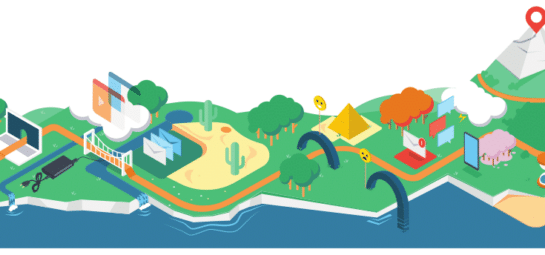Employee Experience
We believe people are the greatest asset of any organization. Did you know happy employees also lead to happy customers? That’s where employee experience comes in. Service departments can make all the difference here: from investing in a top-notch onboarding experience to offering a self-service portal and plotting an employee journey – it all starts with employees.
Self-Service Portals: Redefining User Satisfaction
Everyone needs help every now and then at work. Whether it’s clients needing clarity...
How to improve employee experience in 5 steps
There’s an undeniable link between employee and customer experience. Get 5 steps on how to improve employee experience and happiness.
Agile service management in practice? 6 examples
Contrary to what some people believe, the Agile mindset and service management go together...
ITSM trends: what is employee experience?
Employee experience has been all the rage in business for a while now. But...
What can IT departments learn from B2C organizations?
Paying with your phone, using Apple or Google Pay. Fully automated stores without cashiers....
How to manage panic at your service desk
Wouldn’t it be great to have completely stress-free workplaces? Unfortunately, this is unrealistic –...
10 methods of obtaining customer feedback
Want to know how to improve the way your customers experience your services? If...
Self-service – some common problems and questions answered
Self-service is a hot topic. And no wonder: it has great benefits for IT...
4 customer satisfaction KPIs for your service desk
Service desks are getting more customer-oriented, but their Key Performance Indicators (KPIs) stay the...
10 steps to map a customer journey for your service desk
So, you’re ready to improve your services. Making a customer journey sounds like a...
6 ways to improve your Service Desk customer service
Customer experience is increasingly important to the modern service desk. Luckily, there are a...
3 IT Self-Service Portal Best Practices
Nowadays most of your customers expect you to have some sort of portal where...
5 things that make a good Service Catalogue
When compiling the online service catalogue, there is a lot you need to take...














